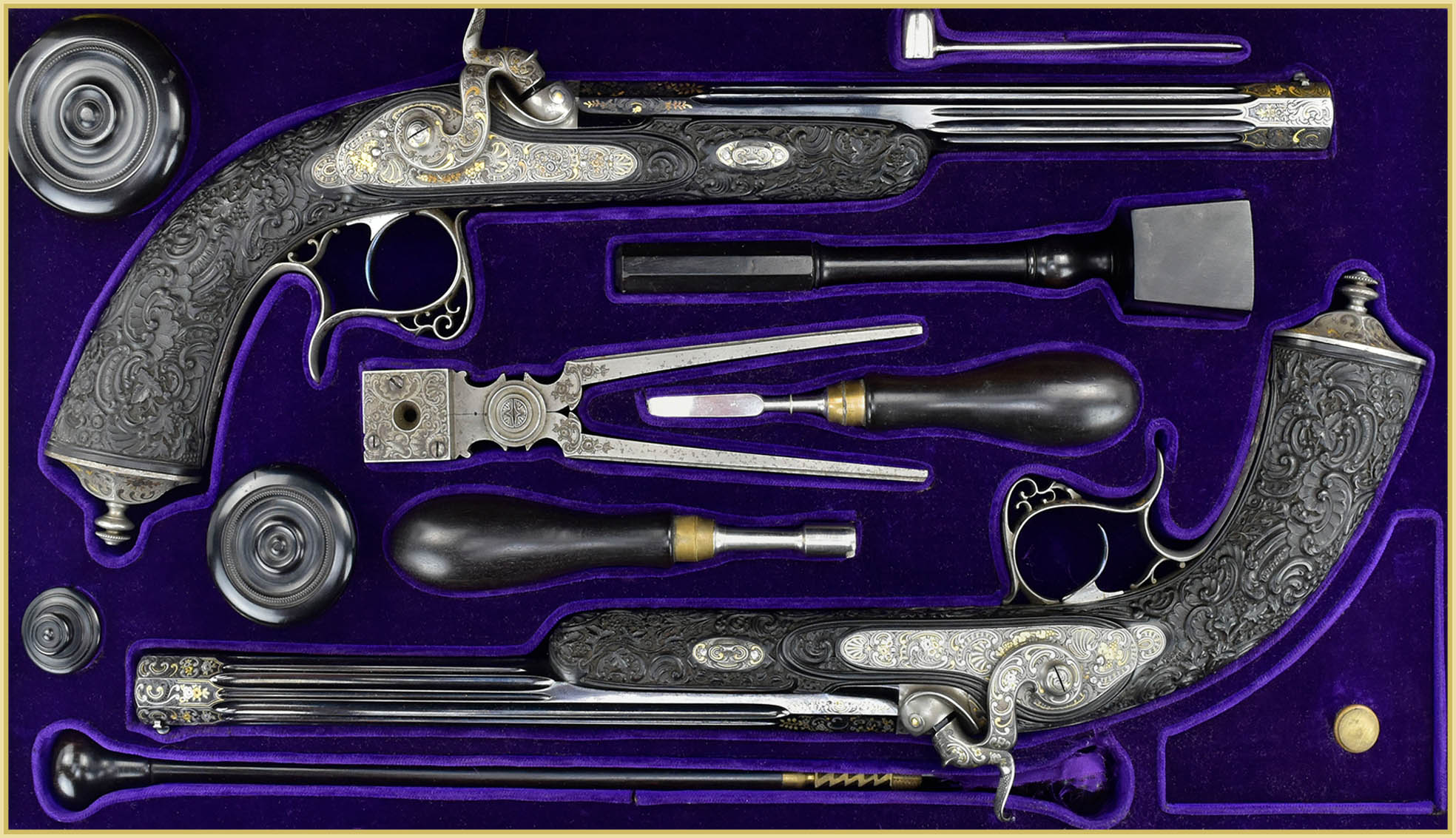Every Point – The US. Carbine
In a world where collectible arms can reach six figures in value, there are, believe it or not, areas of collecting that are still affordable. This column will regularly feature areas of specialization that are inexpensive, fun, challenging, and hIghly rewardIng in collector satisfaction.
In June of 1940, the Chief of Ordnance proposed the development of a light rifle. It was to weigh no more than 5 pounds, have an effective range of 300 yards, be carried by sling, and be chambered for a 30 caliber cartridge. Nine designs were initially submitted, but none were deemed acceptable. A second round of submissions was scheduled. This resulted in Winchester providing an acceptable design and prototype after a hectic, around-the-clock effort to meet a tight deadline.
It was probably a modern-day record to conceive, design, manufacture, and test a prototype and secure approval in seventeen months. By October 1941, both Winchester and the Inland Division of General Motors were requested to provide tool room samples for testing prior to mass production. By November, those guns had been tested and refined. The floodgates were opened, and both Winchester and Inland were awarded contracts to build 300,500 and 336,698 carbines, respectively. Remember, we were only a few weeks before Pearl Harbor at that time.
The sudden demand for weapons after the start of the war resulted in the award of huge contracts to ten prime contractors. Amazing is the fact that of the ten, only Winchester had previously built firearms.
The ten prime contractors along with their production quantities were; Inland Division of General Motors (2,632,097); Winchester (828,059); Underwood-Elliott Fisher (545,616); Rock-Ola Manufacturing Co. (228,500); Quality Hardware Machine Corp. (359,666); National Postal Meter (413,017); Standard Products (247,100); International Business Machines (346,500); Irwin-Pedersen Arms Co. and Saginaw Steering Gear Division of General Motors (combined) (517,212). (Total Production – 6,117,767).
Immediately after the War, most of the carbines were returned to government control. This continued until the Director of Civilian Marksmanship allocated a large quantity of carbines to the public through the NRA at the nominal price of $20 plus shipping. After that initial release, they became plentiful, and it is only in the last few years that prices have begun to climb.
Collecting M1 Carbines
Collecting M1 Carbines is a classic good news- bad news story. First, the bad news:
- In the ensuing sixty years, most of the carbines available on the market have gone through an arsenal or other rebuilds, and many have been fabricated from the vast quantities of parts available at surplus depots, magazine ads ,and gun shows. Some are totally aftermarket fabrications by commercial makers.
Now the good news:
- Given the number of prime contractors and configuration variations that these guns experienced during their years of manufacture, there is sufficient challenge to maintain any collector’s interest for years
- There are several good publications that can steer the diligent collector to restore the hybridized carbine to its original configuration, thus enhancing its value. Parts are available to enable changes with a little effort. these
Aside from attempting to gather examples of the carbines made by the ten prime contractors, there are variations such as sights, subcontractor markings, grenade launcher attachments, stock variations, bayonets, and accoutrements galore to keep the collection content and challenging.
For anyone considering collecting M1 Carbines, we would highly recommend contacting us.


